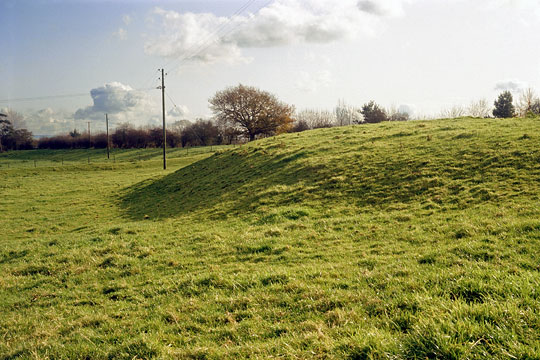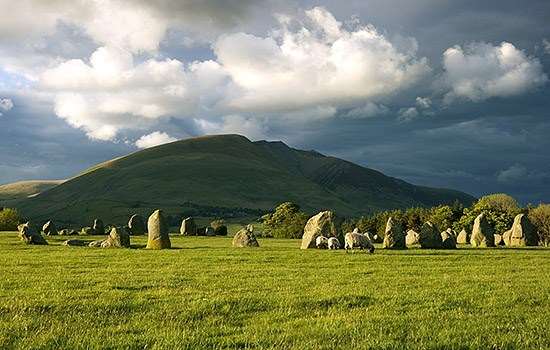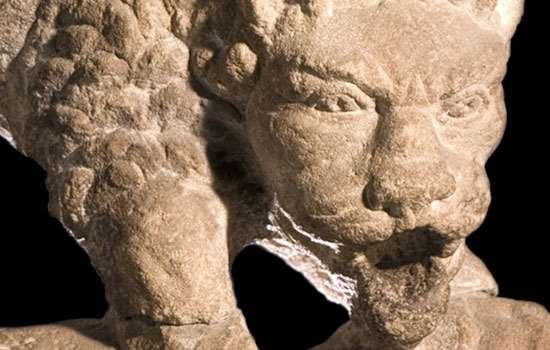History of Hatfield Earthworks (Marden Henge)
The Hatfield Earthworks consist of a large, irregularly shaped henge enclosure, formed on three sides by a substantial ditch and outer bank and on the other by a loop in the River Avon, within which lie a second Neolithic henge and the remains of a monumental mound.

The outer henge was built in the later Neolithic period, around 2400 BC.
The mound was excavated by the famous archaeologist Sir Richard Colt Hoare and his assistant William Cunnington, in 1807, but they were disappointed to find no evidence of a burial and the barrow, apparently constructed mainly of sand, fell apart as they dug.
These monumental mounds, of which Silbury Hill is the best known example, are exceptionally rare and seem to have had a ceremonial function.
Further excavation in the late 1960s around the north entrance of the enclosure produced quantities of late Neolithic pottery, flint and animal bone, as well as the crouched burial of a young adult female. Evidence of further Neolithic activity was also discovered within the enclosure, including a round timber structure.
Only a small area of the enclosure at Hatfield is under English Heritage protection. On this part of the site the bank and ditch structure is particularly clear and there is a good view of the Alton Barnes White Horse.
Description
The area enclosed measures up to 578 yards (530 metres) from north to south and 392 yards (360 metres) from east to west.
There were two entrances, on the north and east sides, but the effects of centuries of erosion and cultivation have made it difficult to see them clearly today.
The earthworks appear to have been constructed in short, straight sections and the profile of the ditch and bank varies considerably. In the best preserved section, within woodland, the bank is up to 130 feet (40 metres) wide and 9 feet (2.75 metres) high.
Inside the enclosure, close to the river, is a smaller earthwork consisting of a gently domed circular area of 130 feet (40 metres) in diameter, surrounded by a ditch approximately 26 feet (8 metres) wide and, beyond that, a low bank of 33 -39 feet (10 -12 metres) in width.
Hatfield Barrow
Immediately inside the eastern entrance lies all that remains of the Hatfield Barrow, once an immense monumental mound which, it was claimed, was over 200 feet (70 metres) in diameter and more than 30 feet (9 metres) high.
The ditch from which the material was dug to construct the mound has now been silted up but has been discovered by geophysical survey.
As the monument is sited close to the river’s source, it has been suggested that there may have been communication between Hatfield and the great henge at Durrington Walls.
FIND OUT MORE



